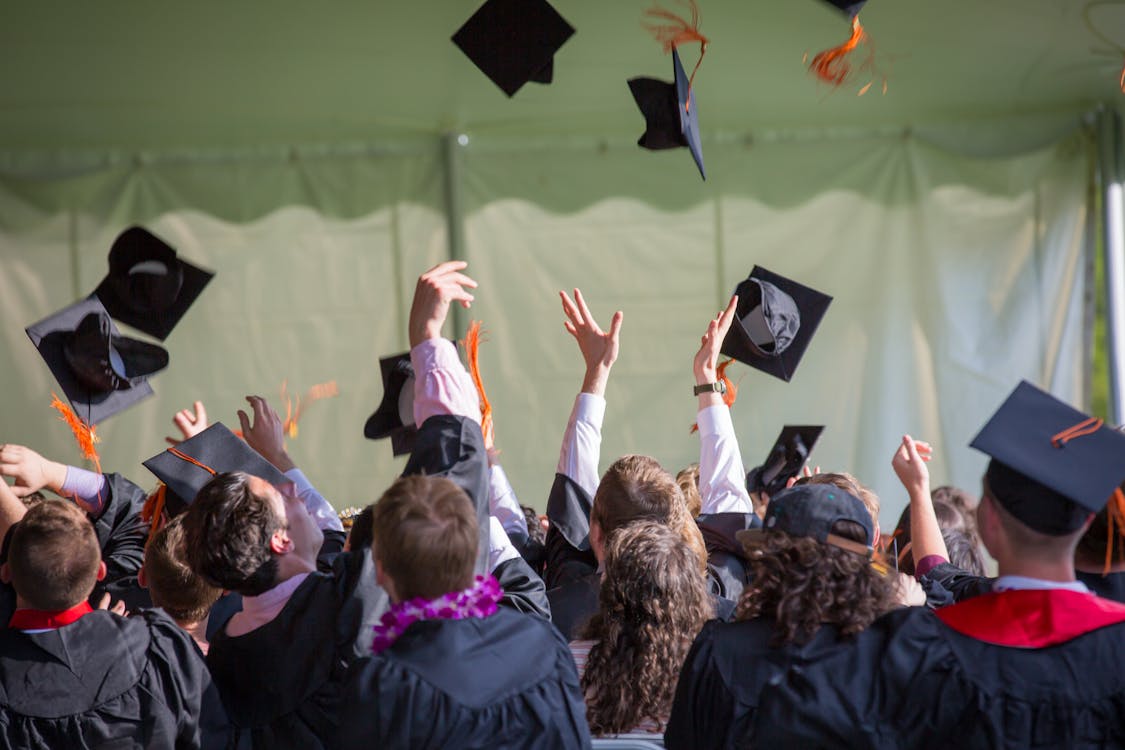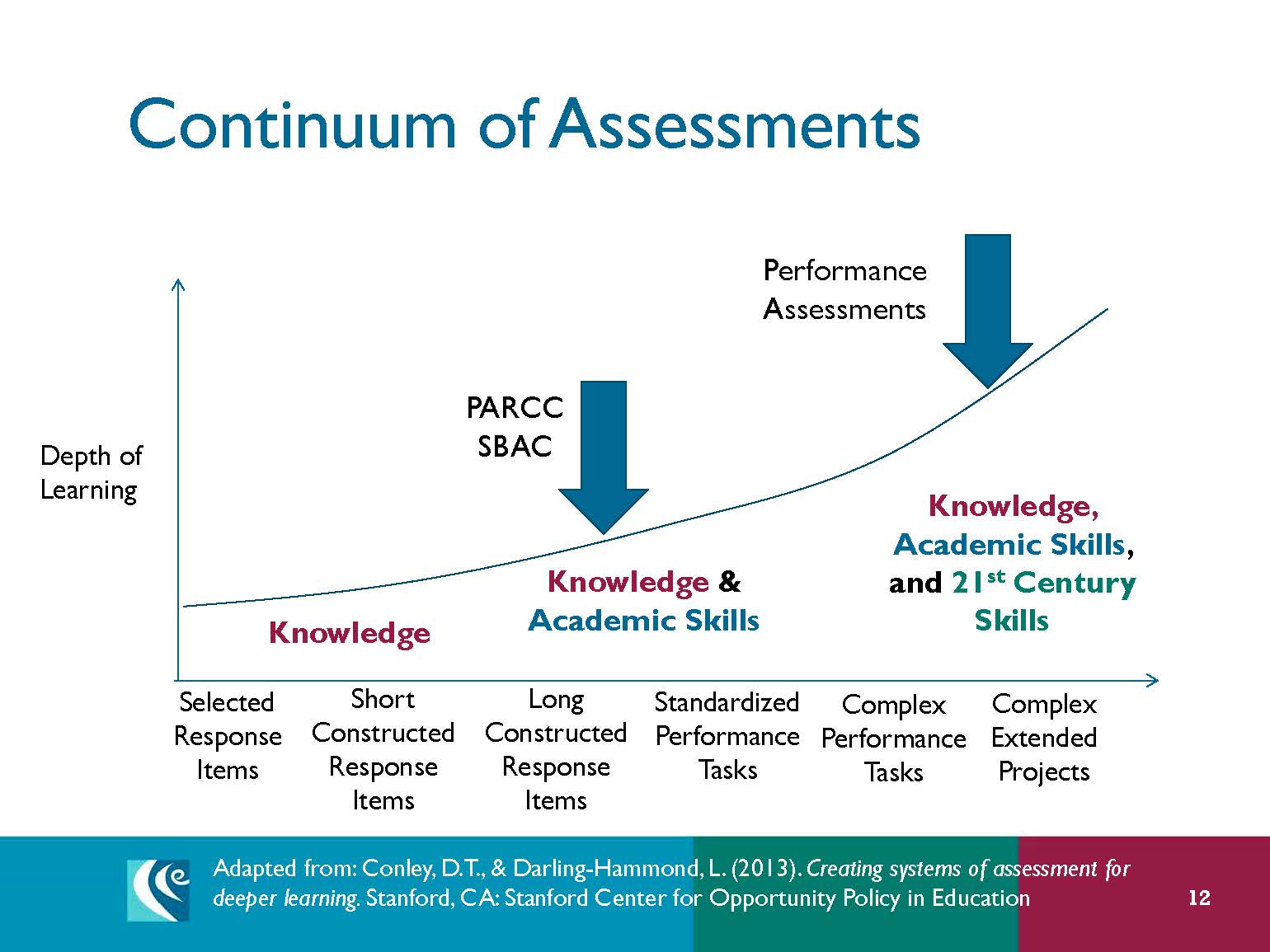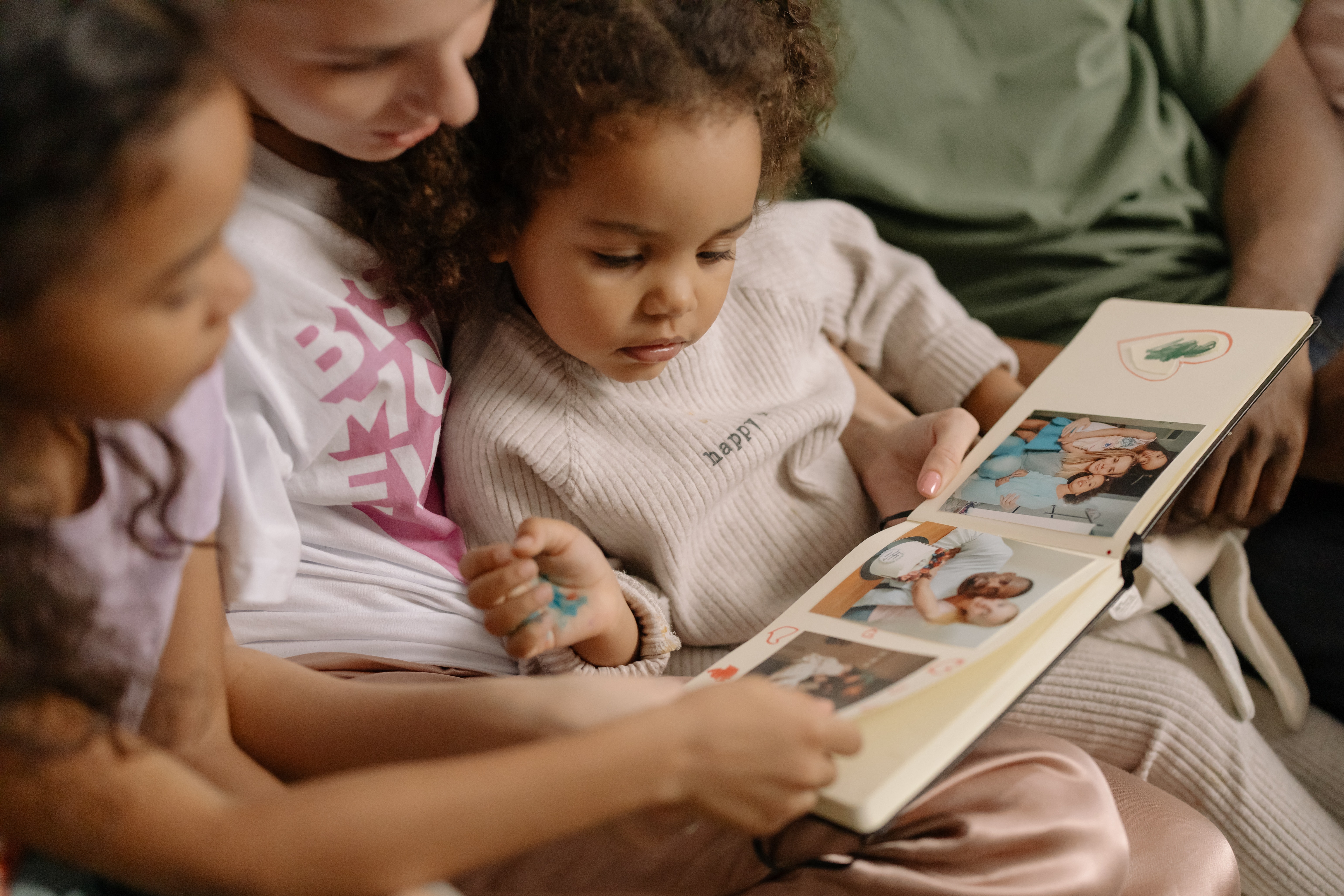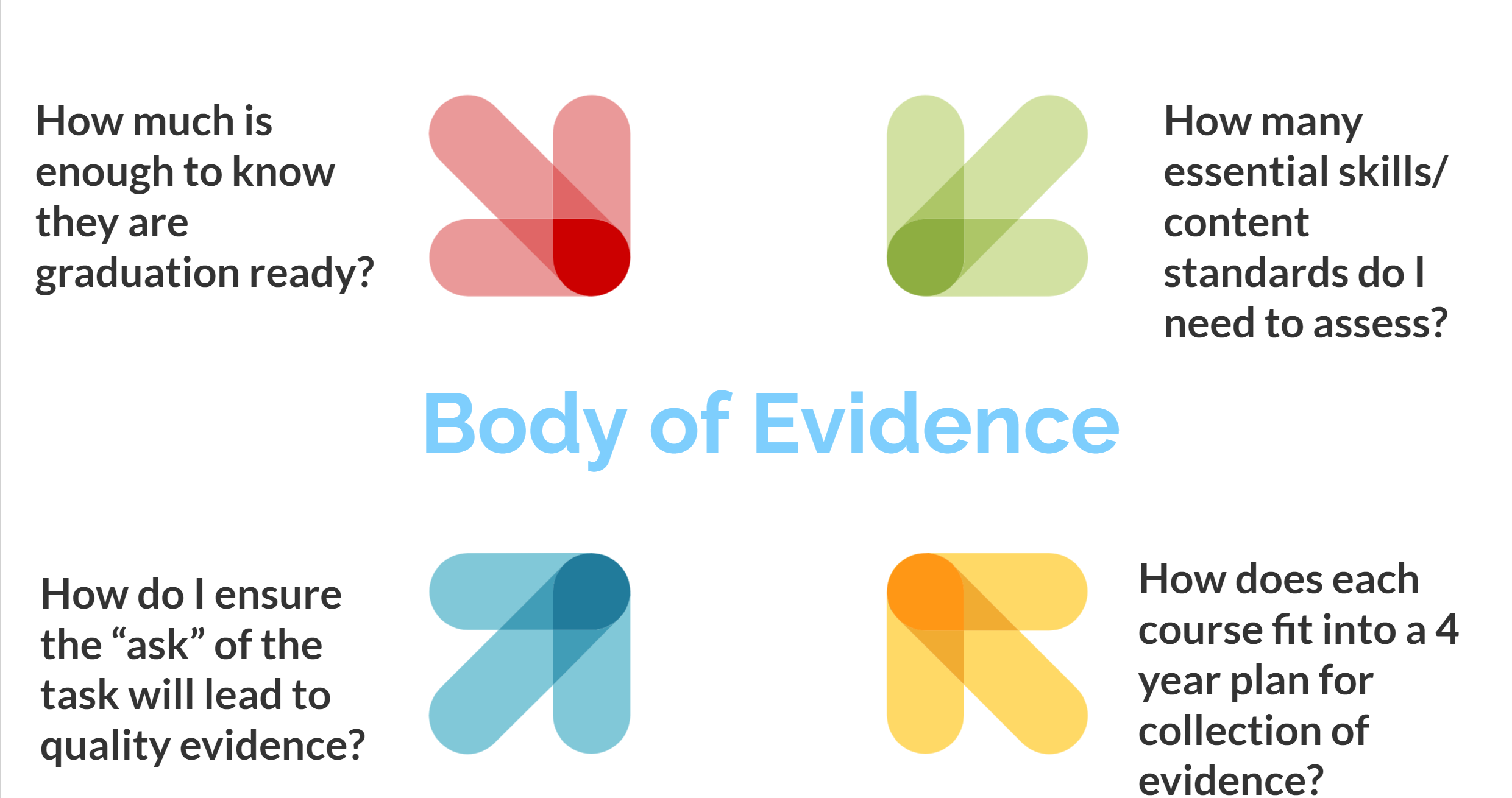Take a moment to picture a student walking across a stage at a high school graduation. How do you know they are ready for college, career, and life? Or maybe you are a 9th grade science teacher. When students finish your class at the end of the year, how do you know they have the knowledge, skills, and mindsets they need to be successful and engaged 10th graders?
Sometimes our answers focus on the grades students have earned, their test scores, or the time they've dedicated. And that makes sense because those things can be easier to quantify and measure. Yet when we want to see "hard to measure things" like rigorous academic and essential skills, we often need to rely on the tangible evidence produced by performance assessments.

As the below Center for Collaborative Education
graphic illustrates, performance assessments have the capacity to not just
assess academic knowledge and skills, but also the essential skills (such as
critical thinking, creativity, collaboration, and communication) that are
key to postsecondary and workforce readiness.

Evidencing Individual Experiences



What words stand out to you in this analogy? How aligned do you feel with the philosophy of assessment that Miller shares?
Body of Evidence
Miller's approach to assessment can be described as a Body of Evidence. A Body of Evidence is a collection of student work aligned to key learning targets gathered over time. Some Bodies of Evidence are created and maintained by learners in portfolios that include learner reflections, while others are collected by the teacher for the sole purpose of reporting on student achievement to families and students. Depending on the content area and age of the learner, Bodies of Evidence may be comprised of physical and digital assets. Regardless of the structure of a Body of Evidence, it’s an important part of a comprehensive assessment system.
In this module, we will focus on the many products and performance that can serve as evidence of student learning as we expand our understanding of performance assessments to include a Body of Evidence. In other words, we're shifting from focusing on a single data point (a piece of evidence) to a collection of data points collected over time (a Body of Evidence).

Reflect
- When a student graduates from your school/district, what types
of skills do they have? How do you know?
- What do you like, wish, and wonder about this concept of a Body of Evidence? Is it a new idea or phrase for you? How does it connect to existing assessment practices in your district?
We invite you to share your thoughts and impressions in the Reflections below!